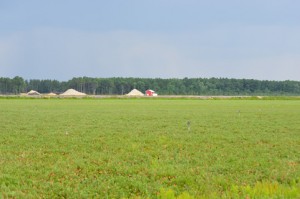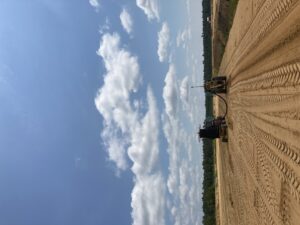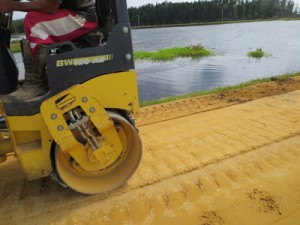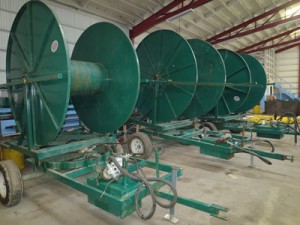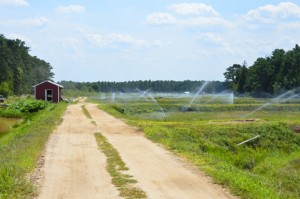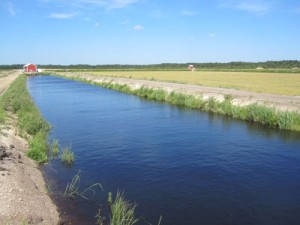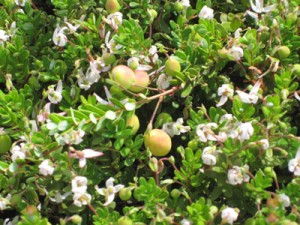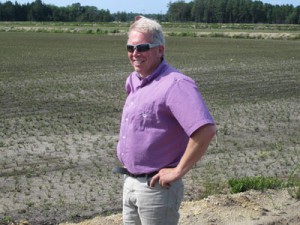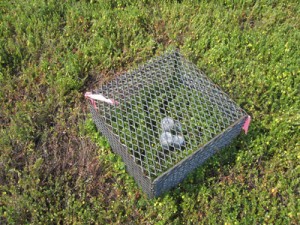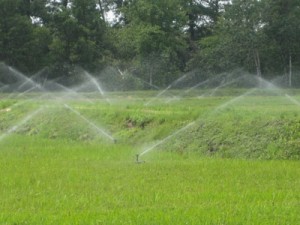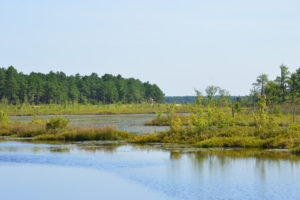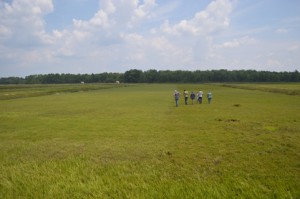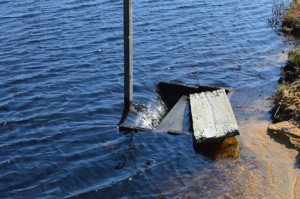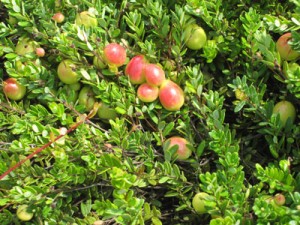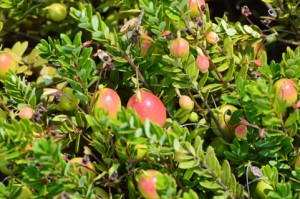August is a relatively quiet month for our team, with applications finishing up and harvest is still a few weeks away. Of course, this doesn’t mean we don’t have anything to do!
The bog renovation at Red Road is just about finished, and our new production team will begin planting next week!
We’re also getting everything sharpened up on the farm right now; the team is working on both the chores that we need to get done and those that we like to get done. It’s always nice to have the farm tidy and ready before harvest begins. It’s also important to make sure all of the equipment has been properly maintained well in advance of the harvest: the boom, boom reels, harvesters, et cetera. The boom is taken out and checked for any repairs that need to be made, and so is the reel. The harvesters are brought in and serviced at our shop. We also look over and repair as needed the blowers, trucks, and tractors for each harvesting crew and ensure we have all the tools and safety supplies necessary to get us through harvest.
Most importantly, our team needs to make sure the fruit stays cool! When humidity is low, applied water will readily evaporate and cool the fruit. During the day, if temperatures get up to around 95 degrees, we will turn on the irrigation in order to cool the bog down to the 80s. We’ll run the pumps for about an hour or two, depending on variables such as wind, temperature, and humidity. There is also a distinct difference between sending water through the root system and keeping the bog cool. The trick is avoiding complications from too much moisture, which can cause conditions that are welcoming to fungi such as phytophthora, which causes root rot.

